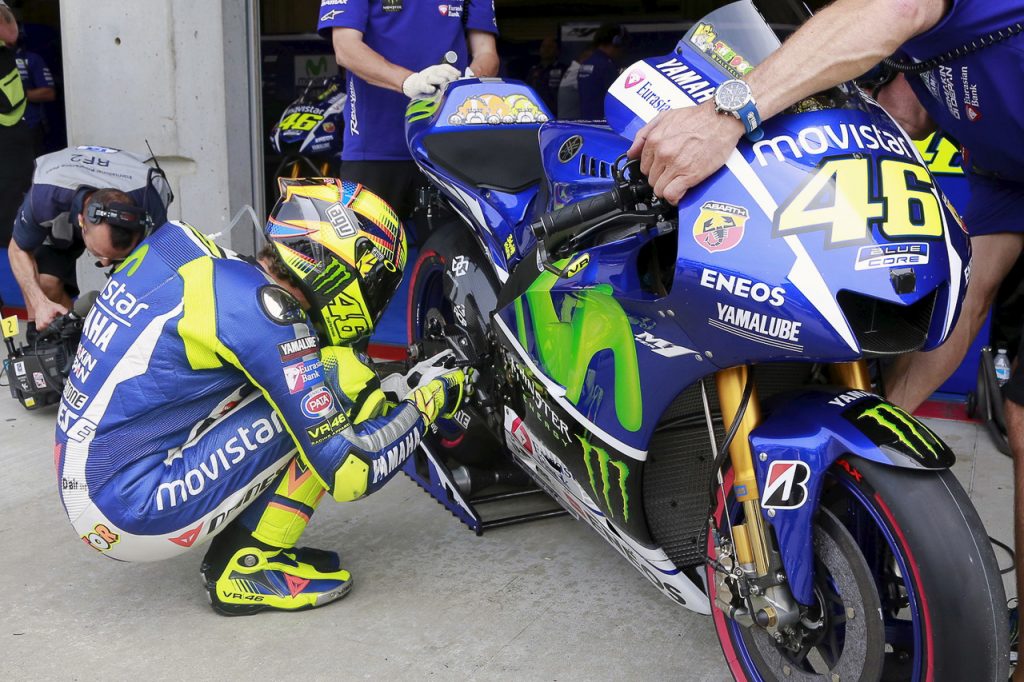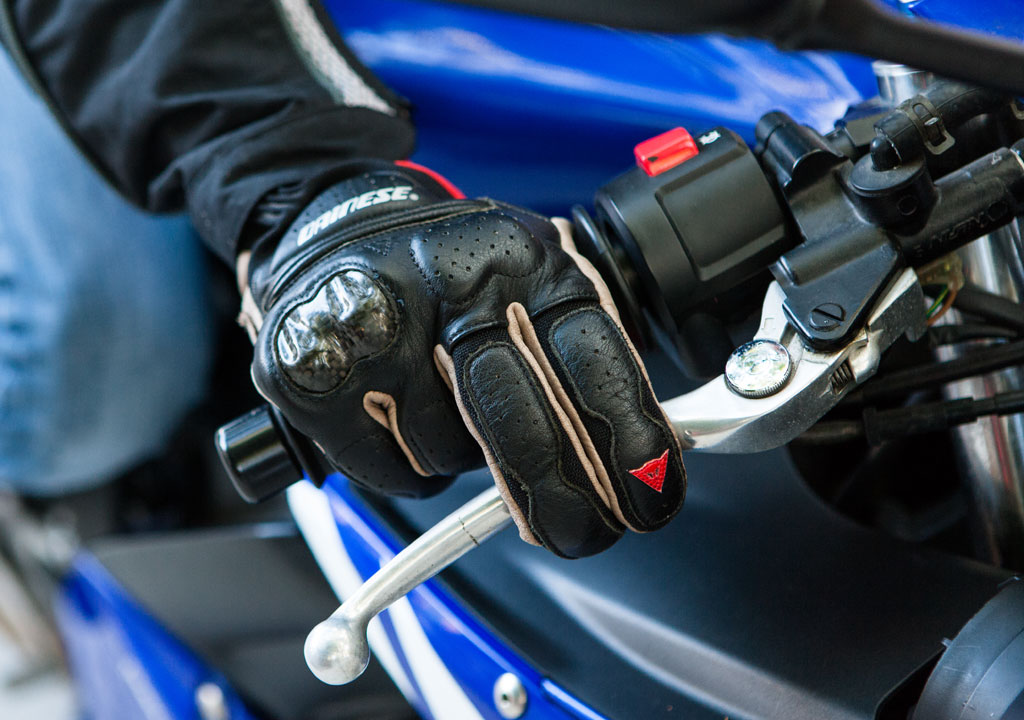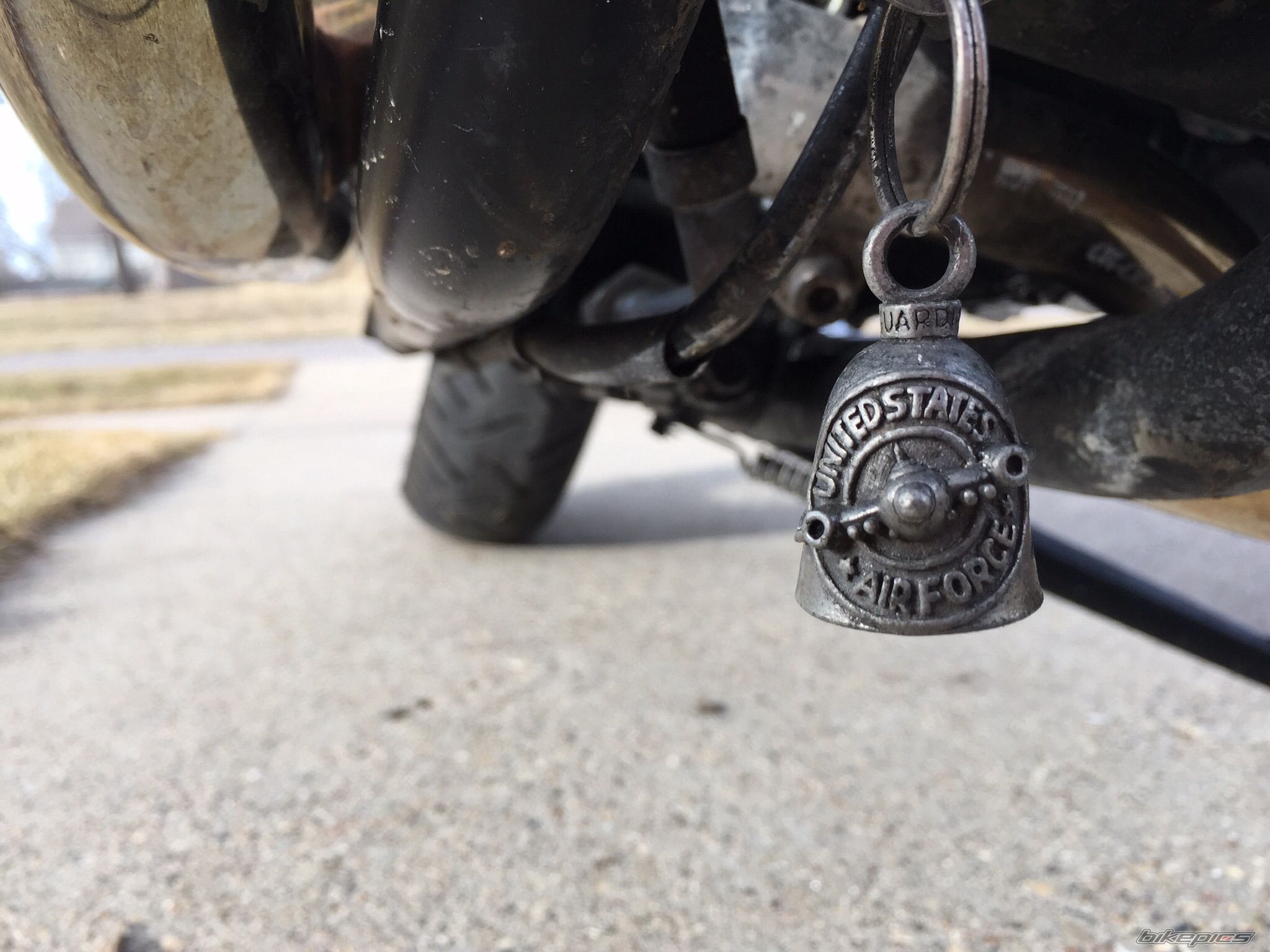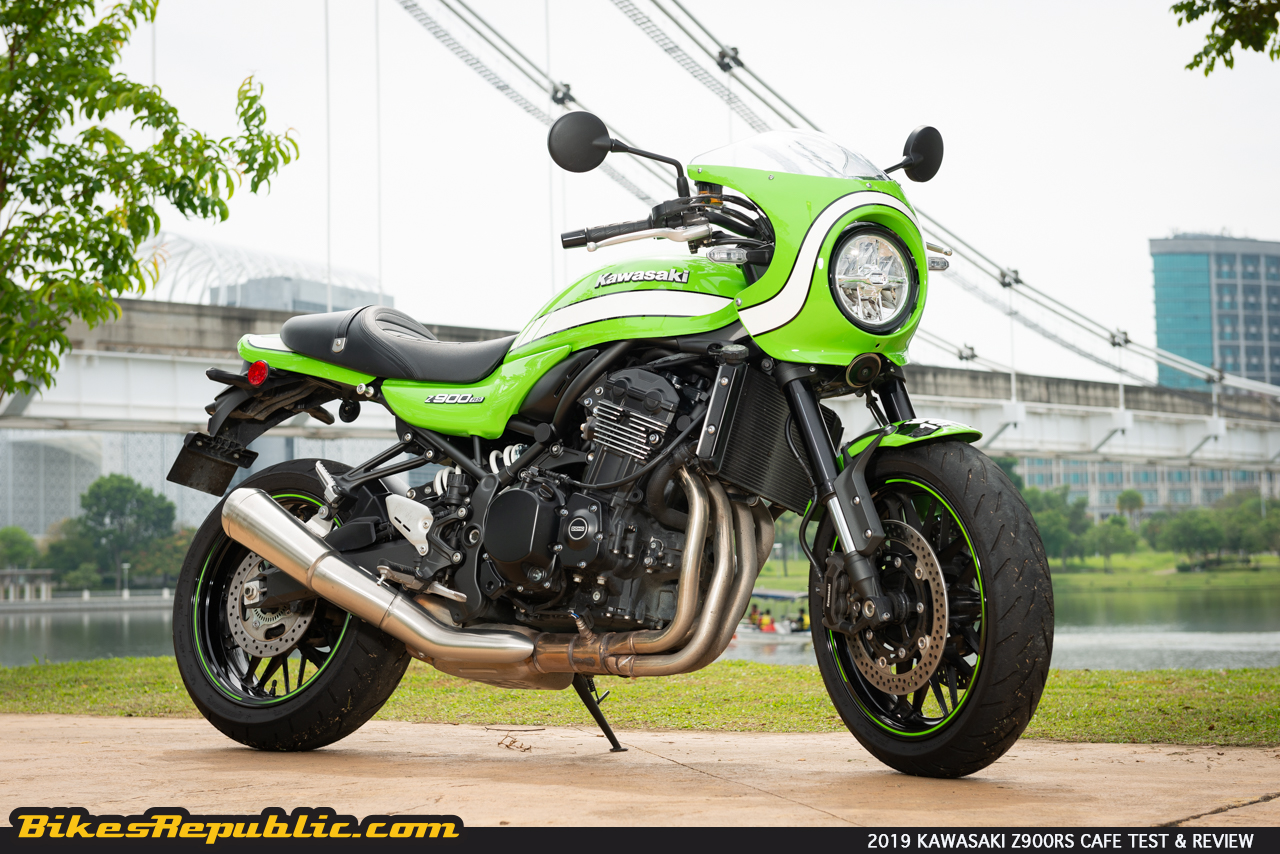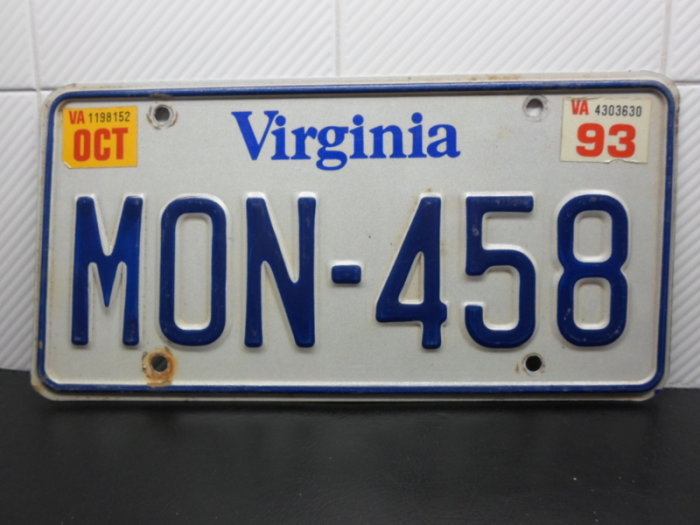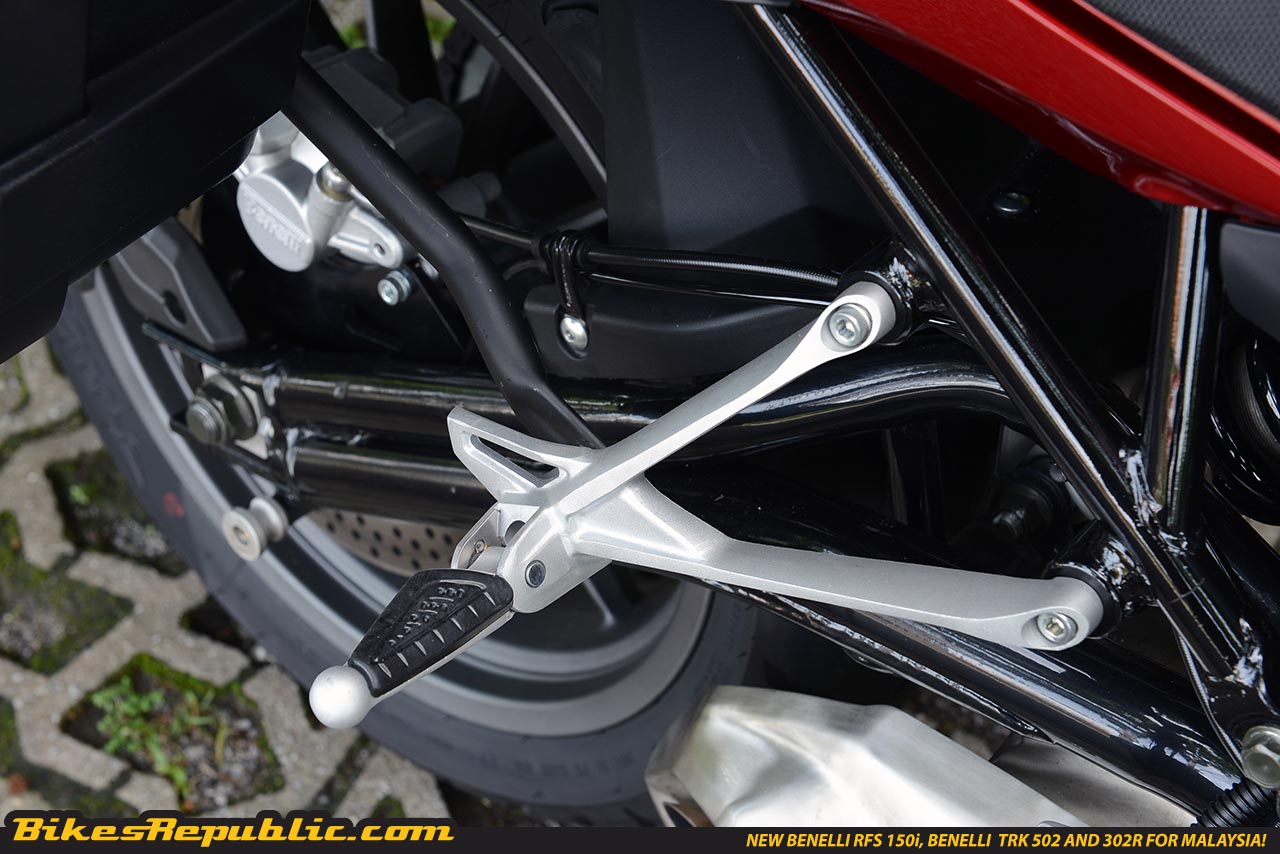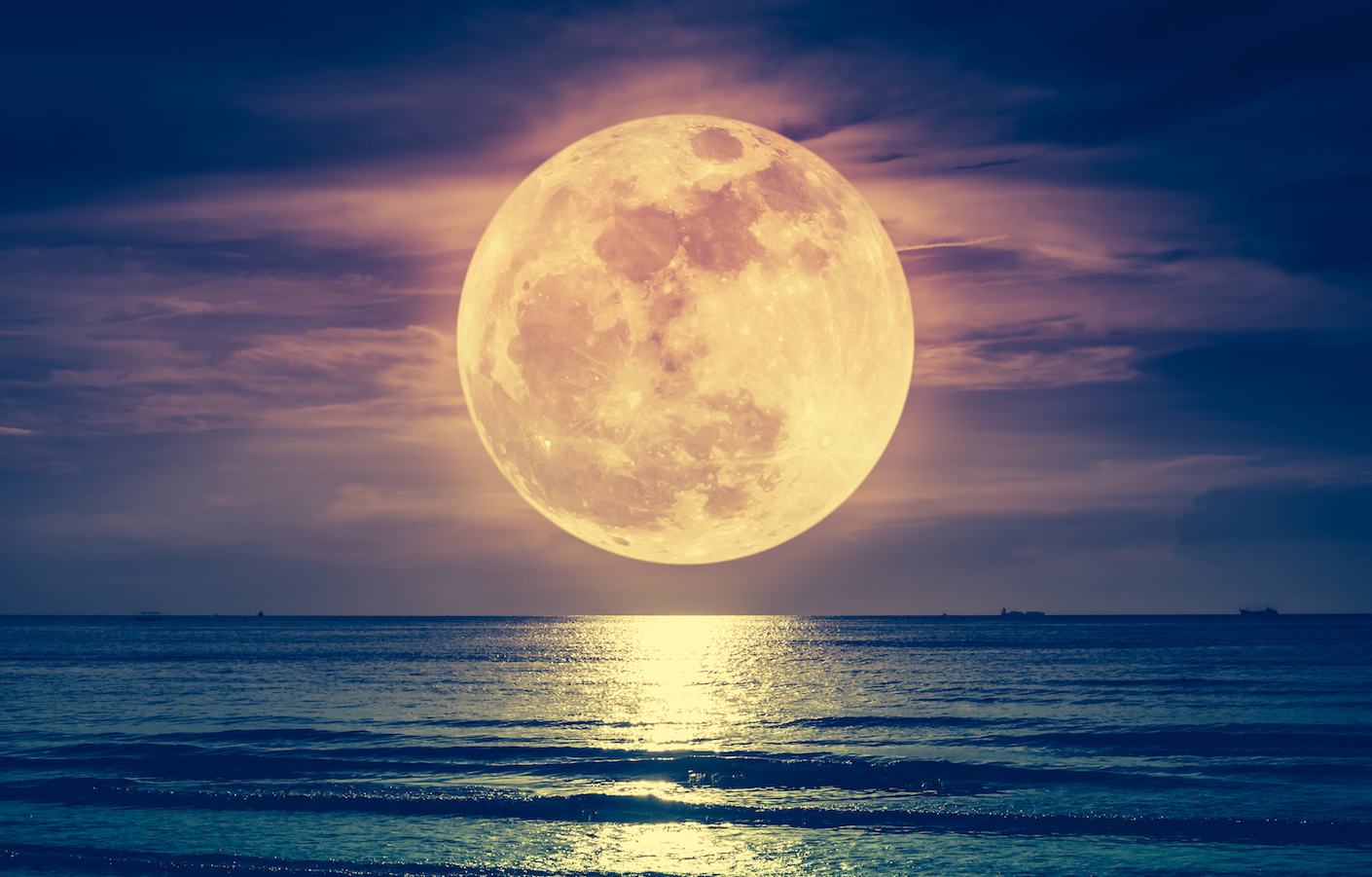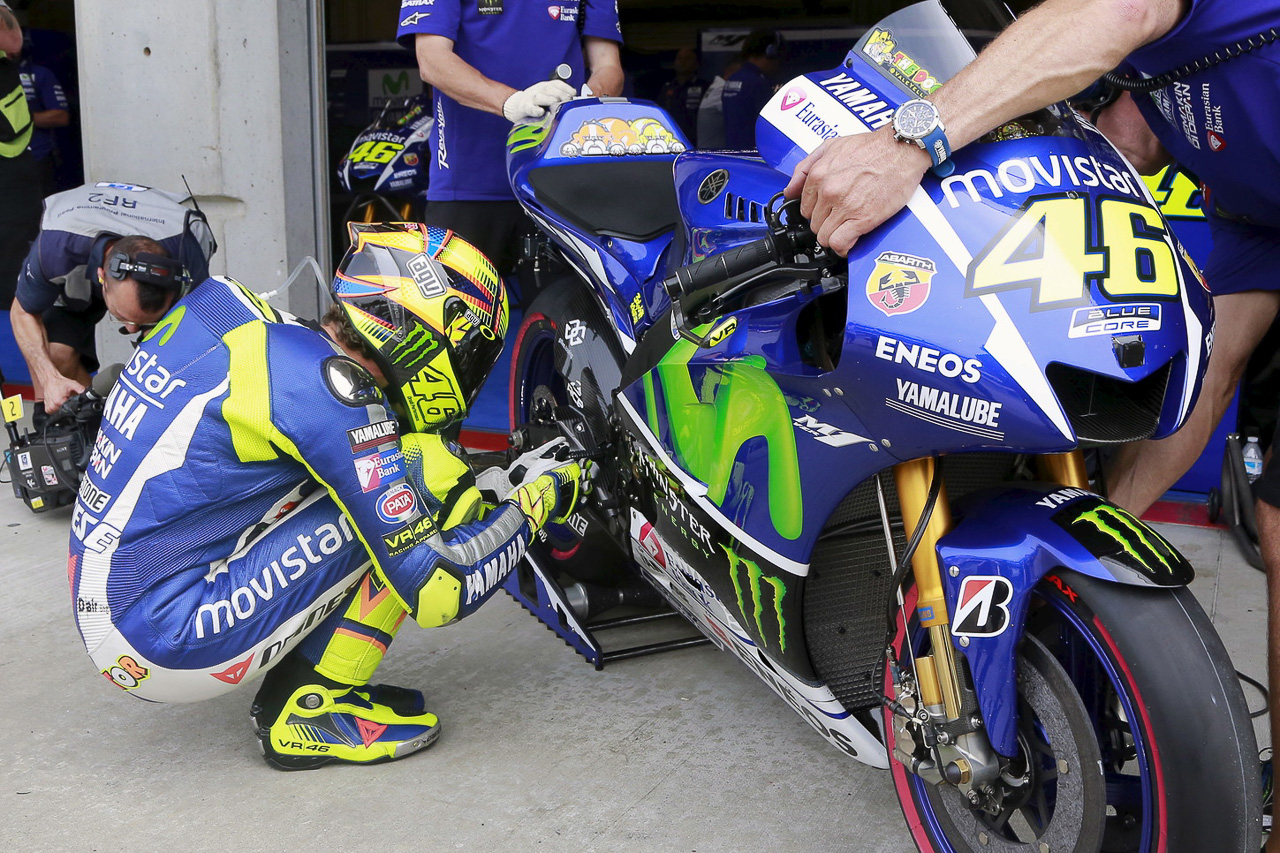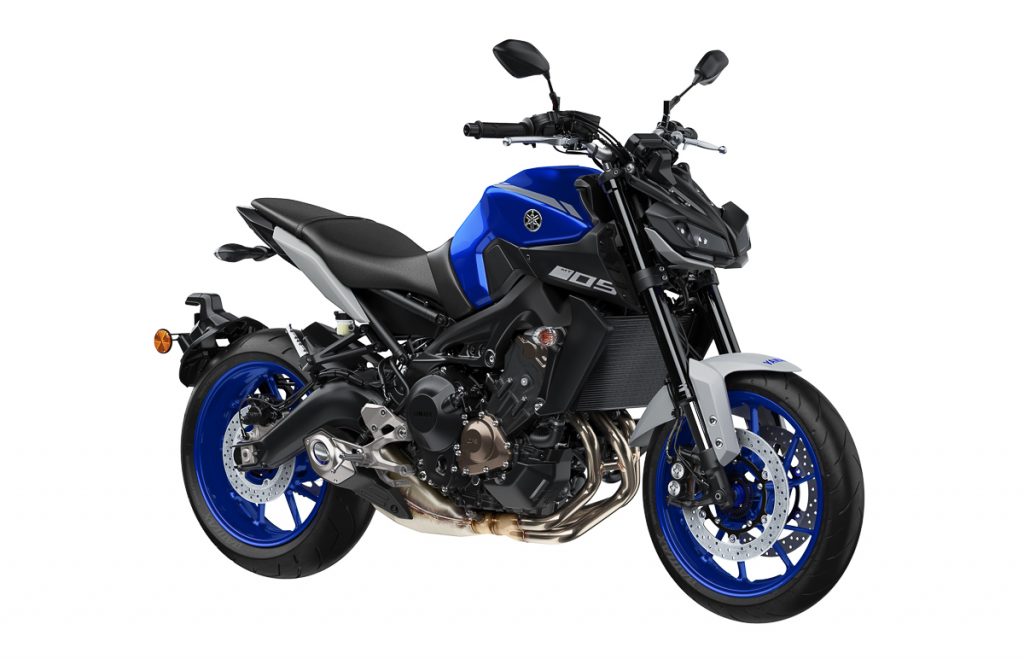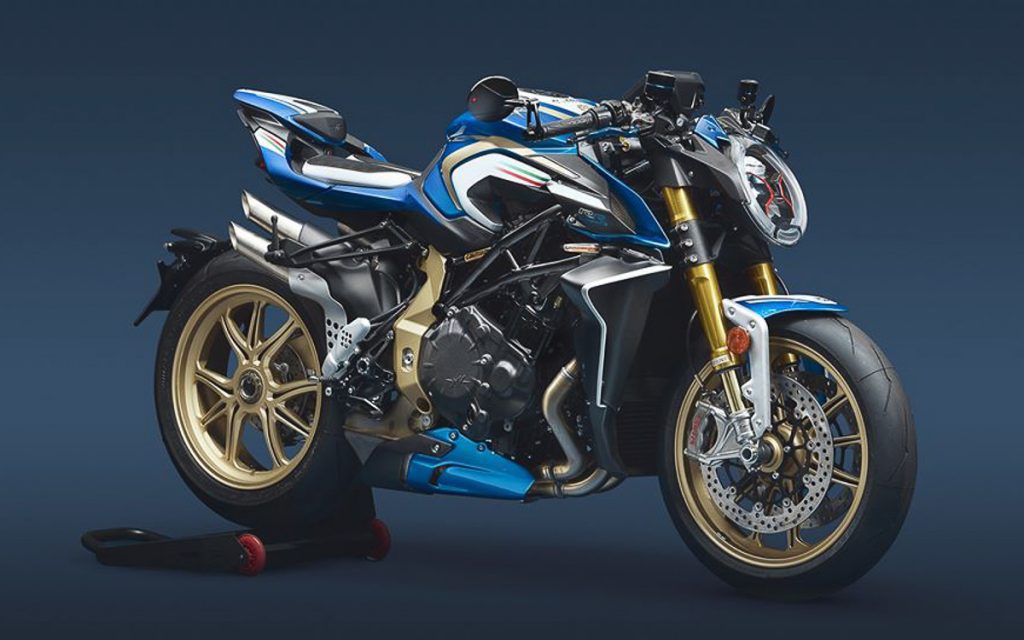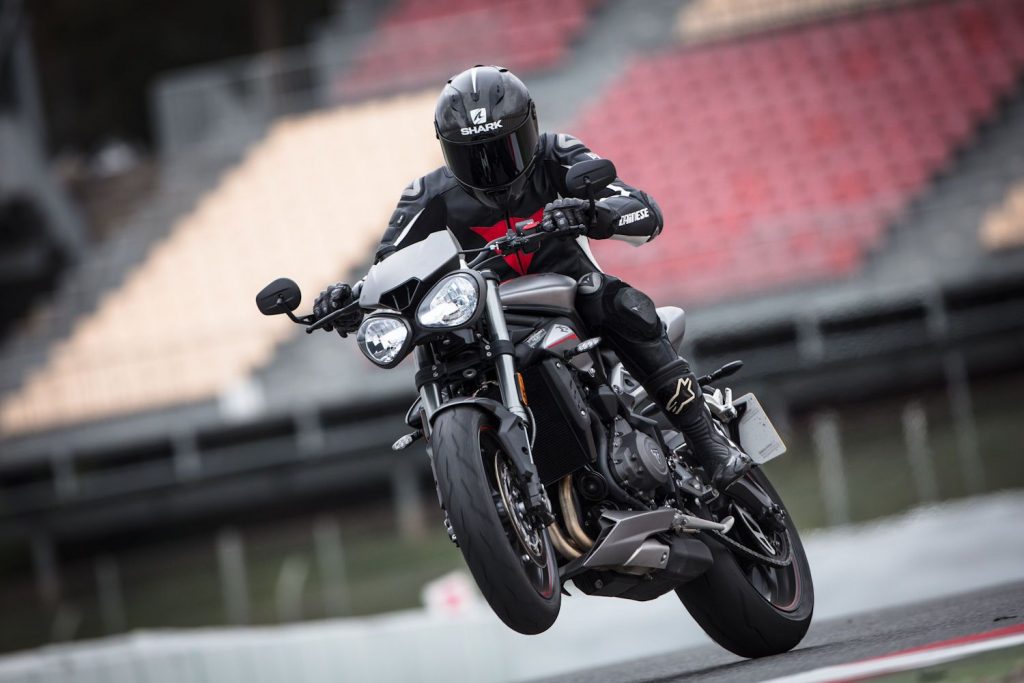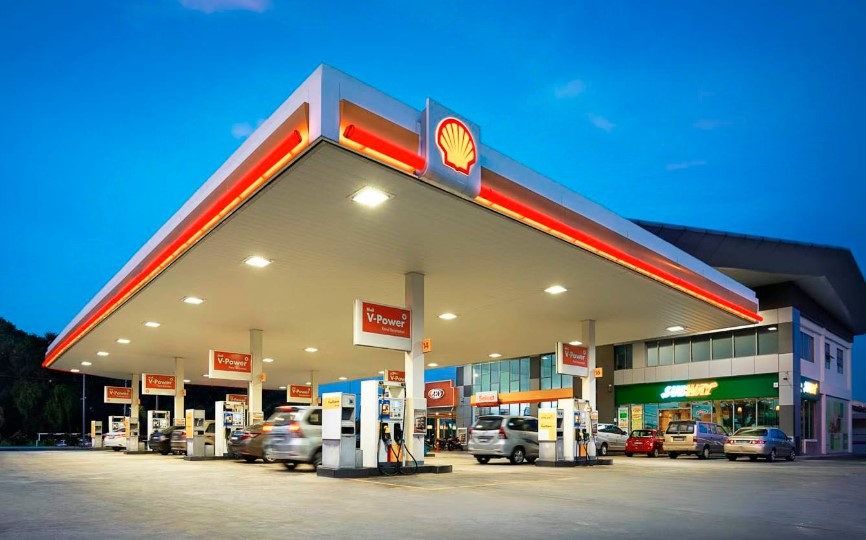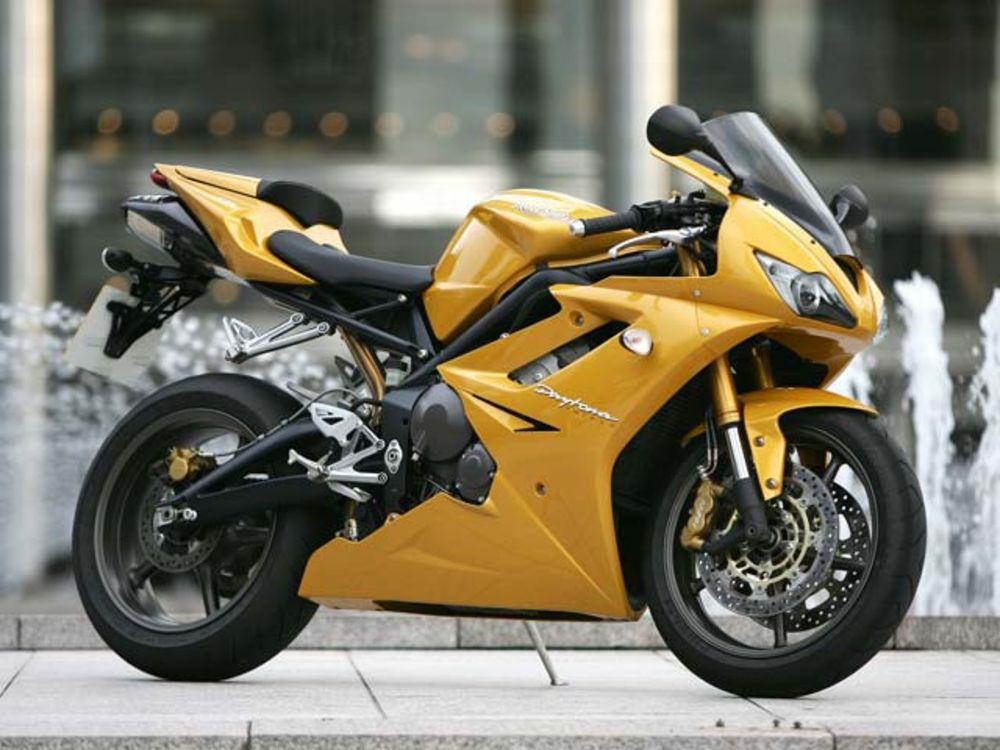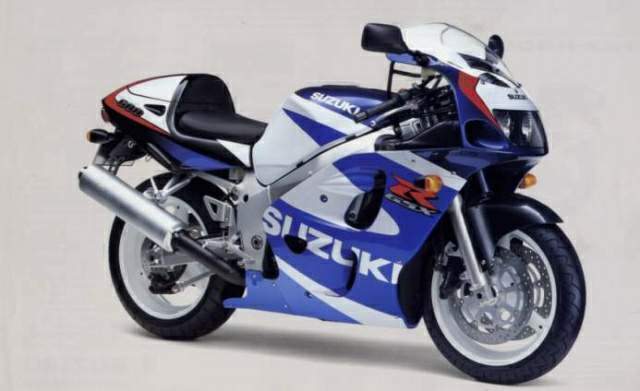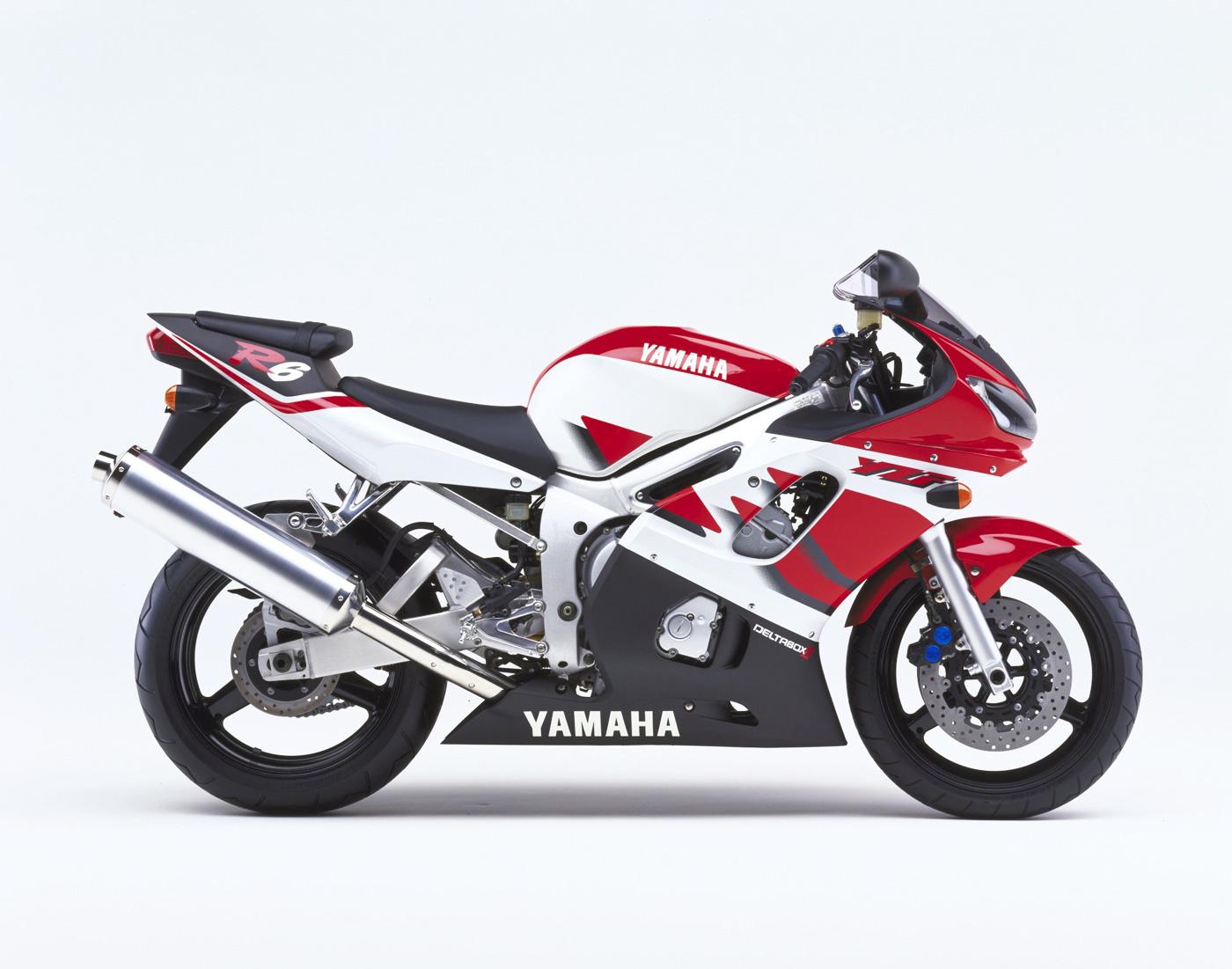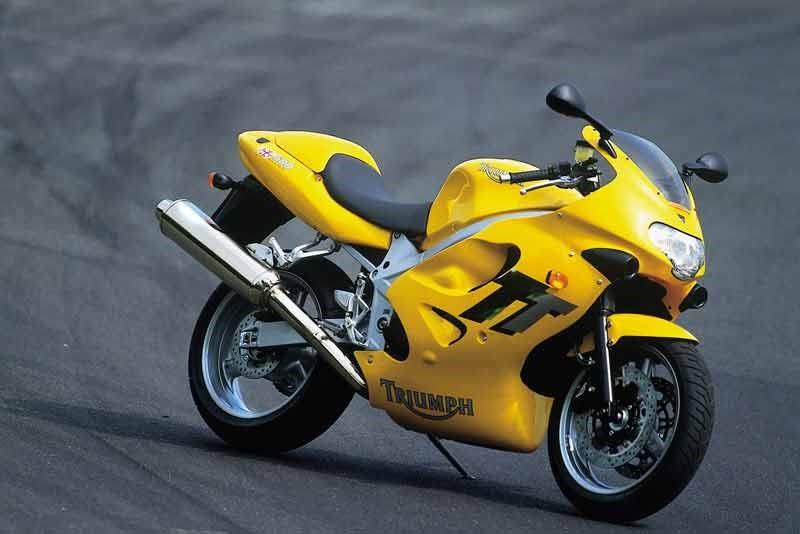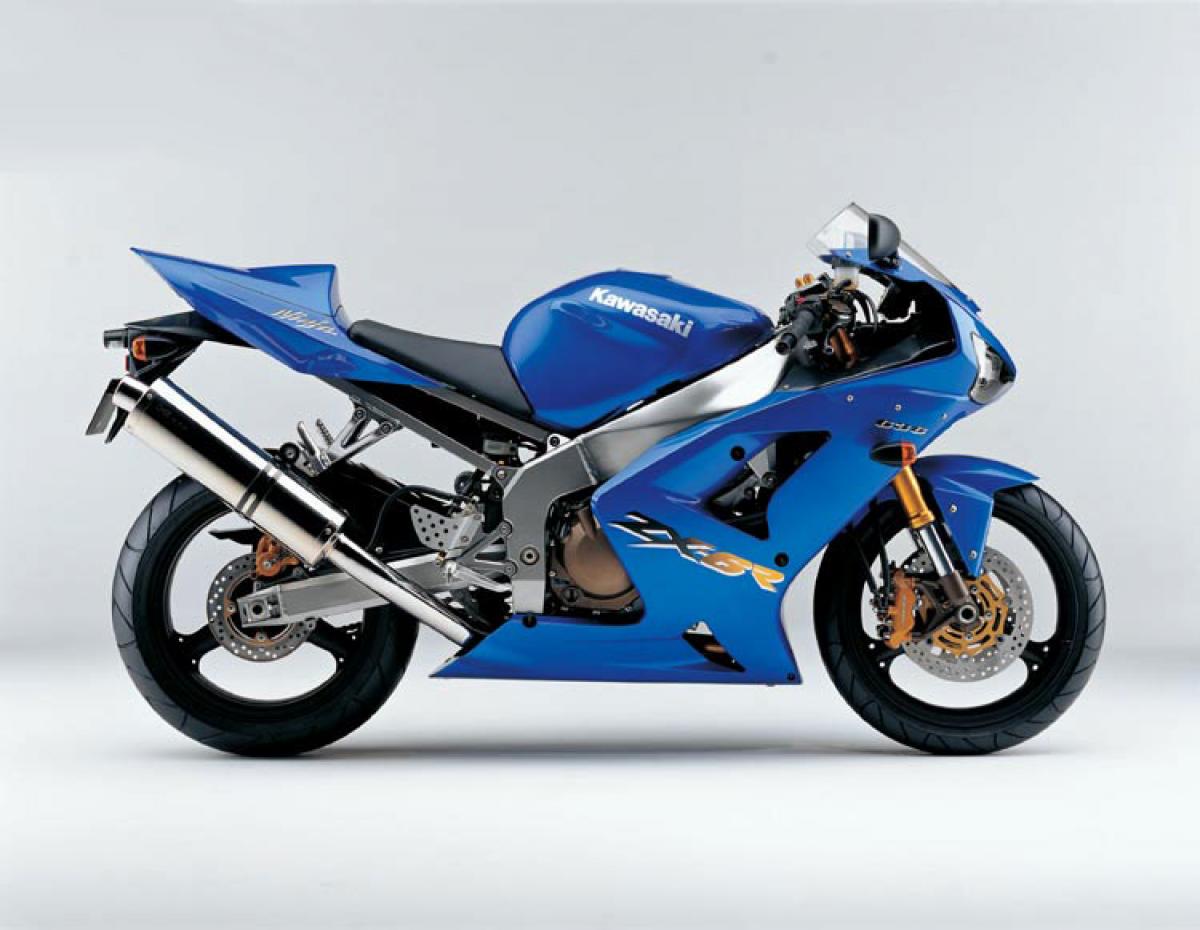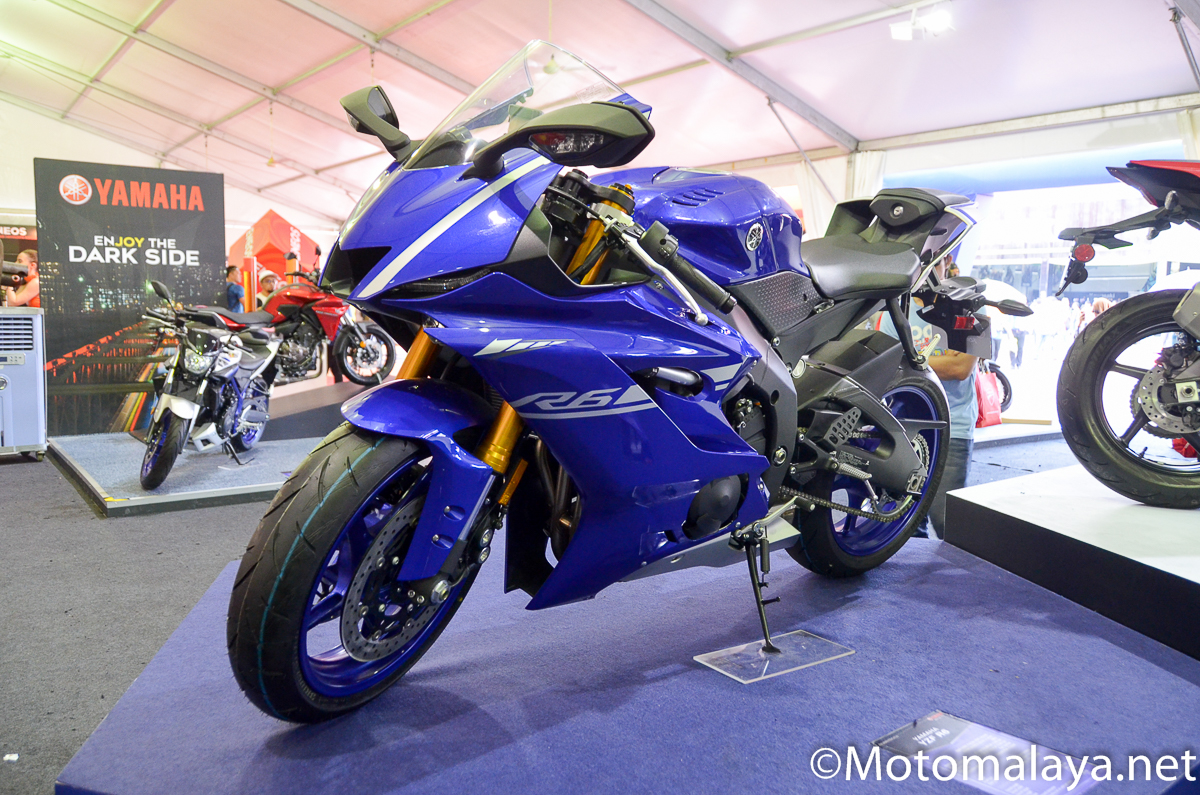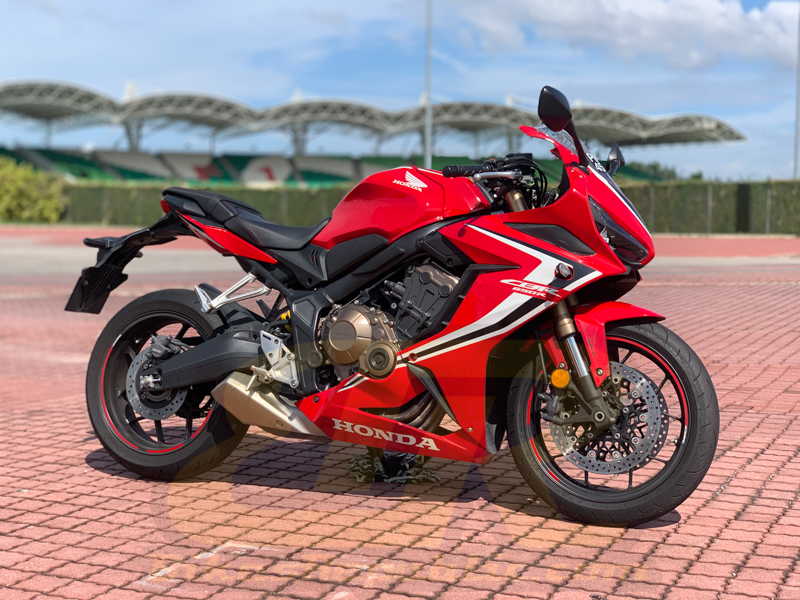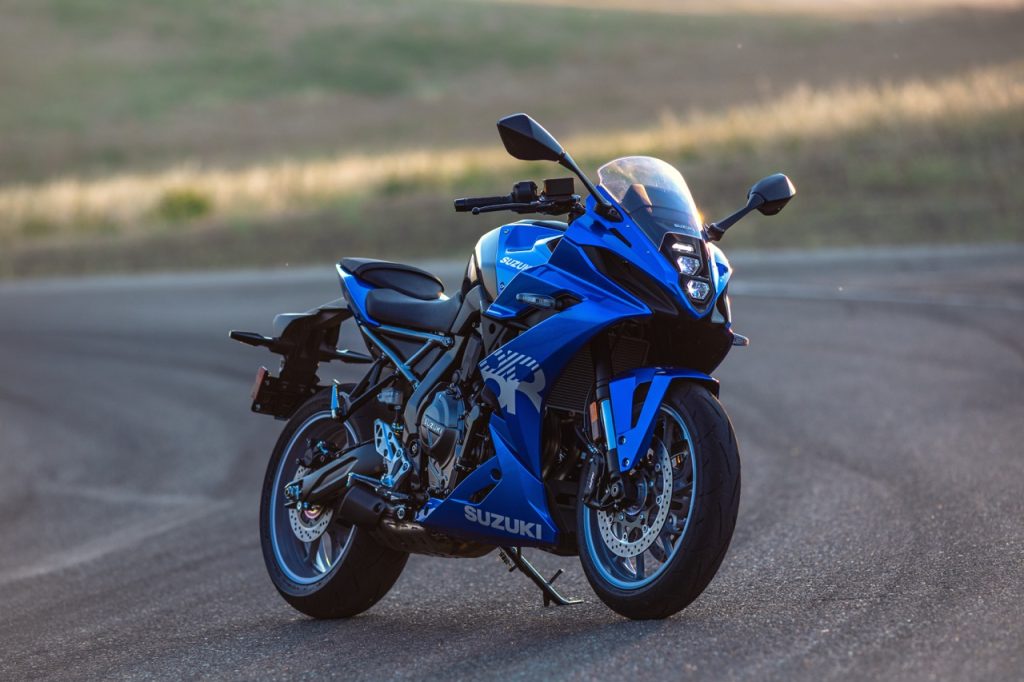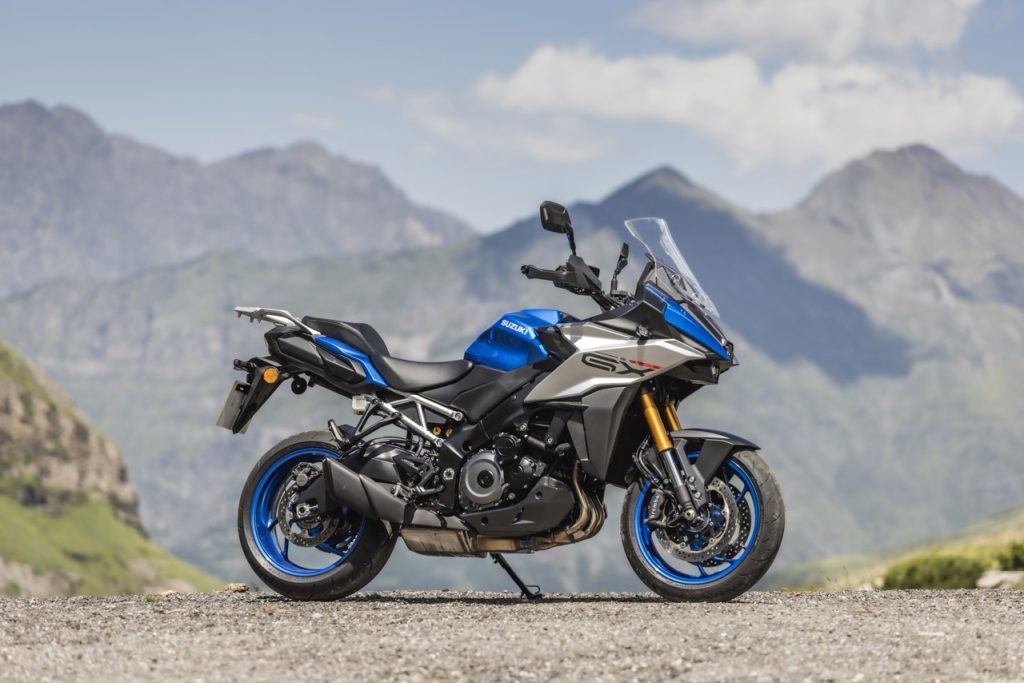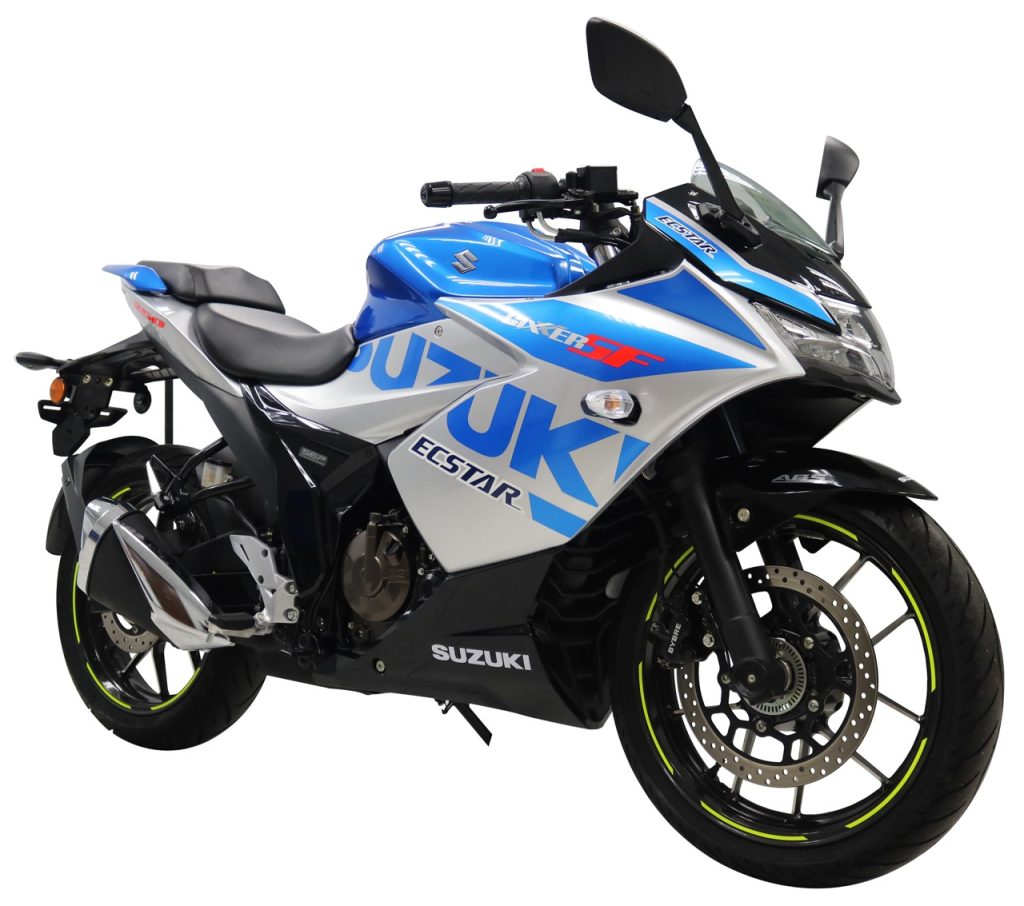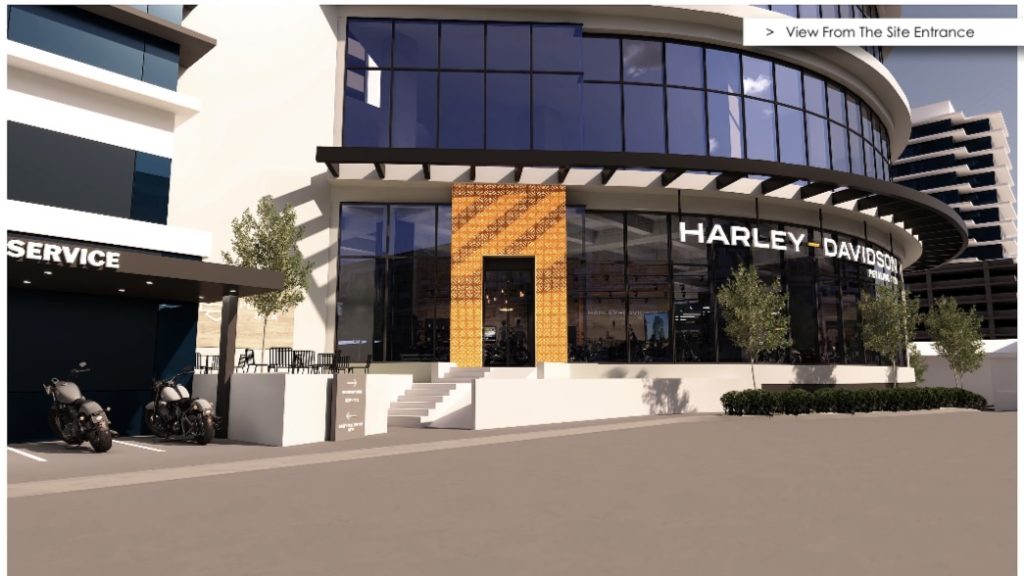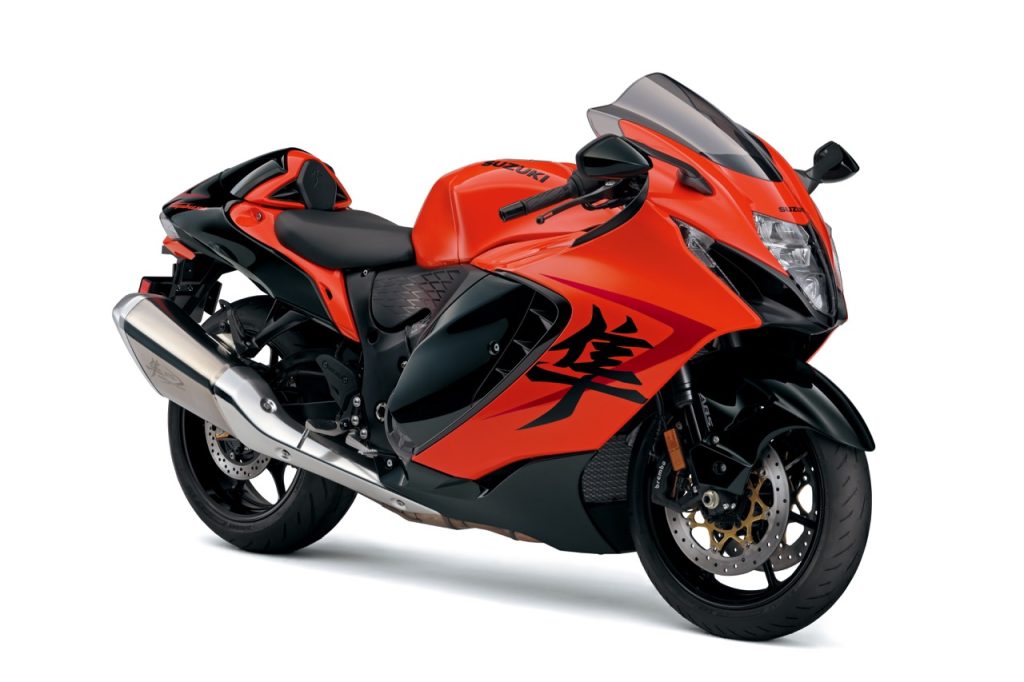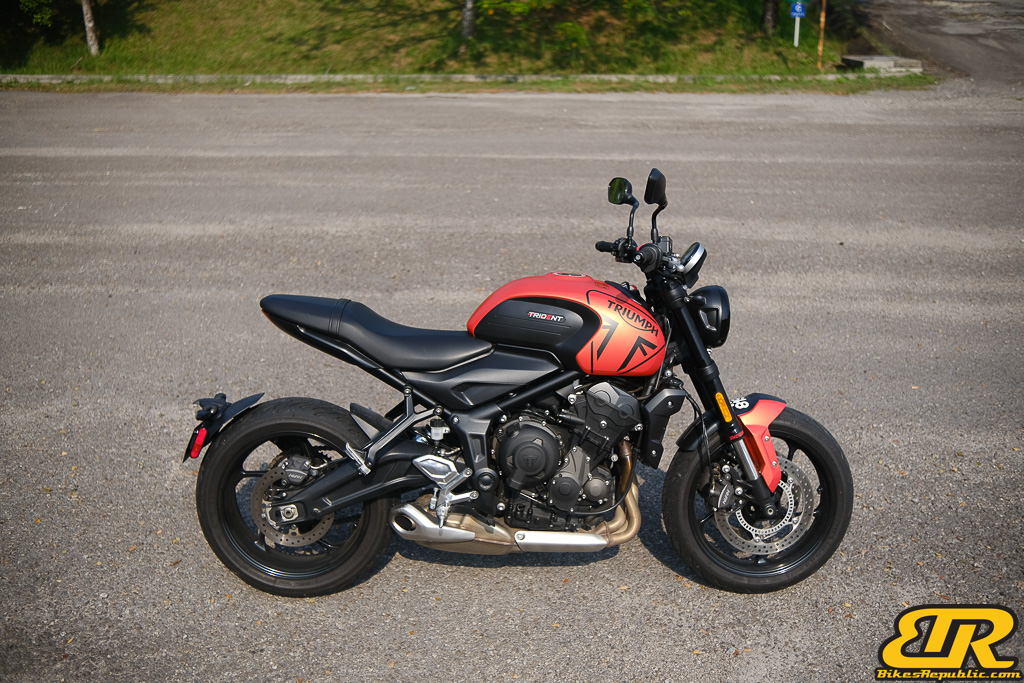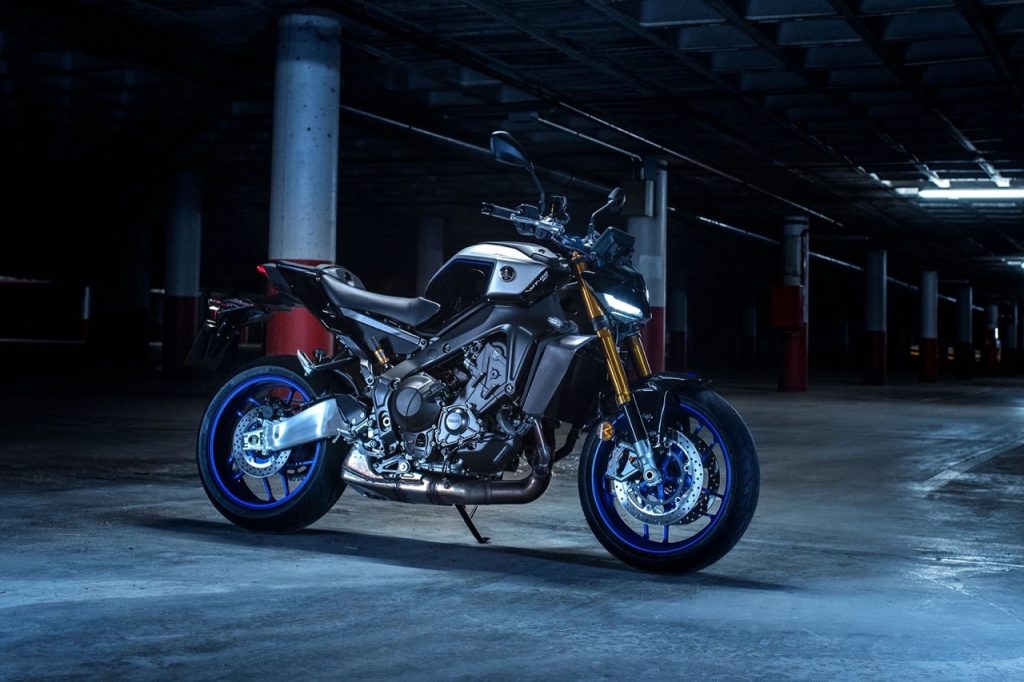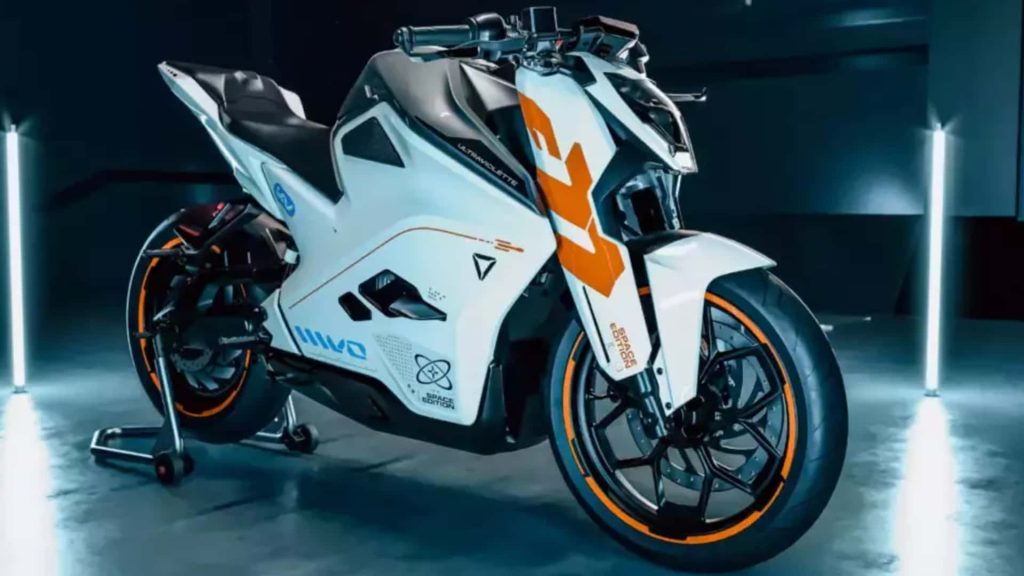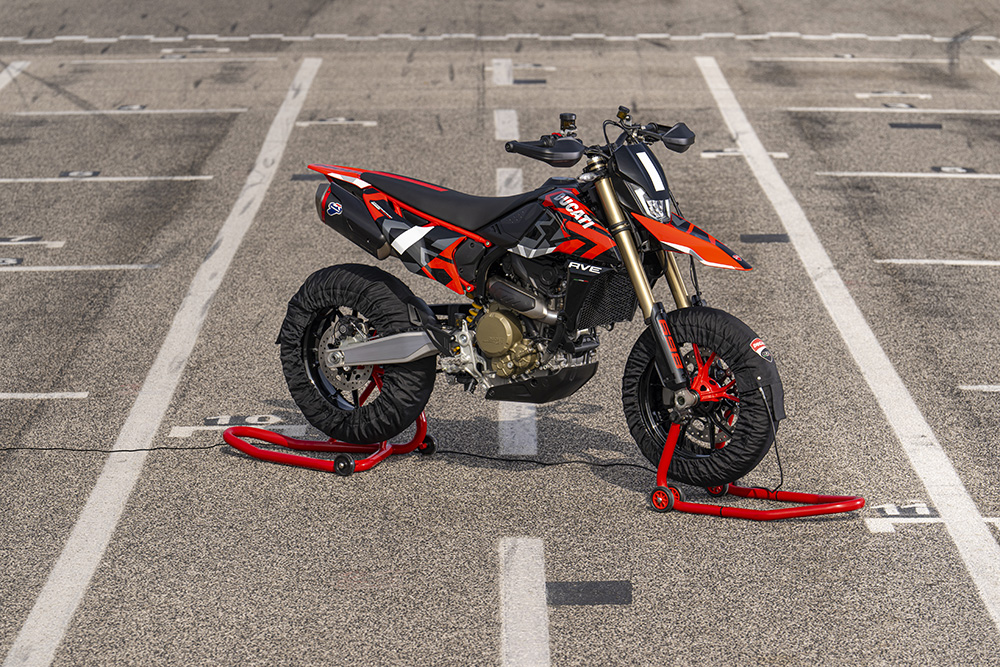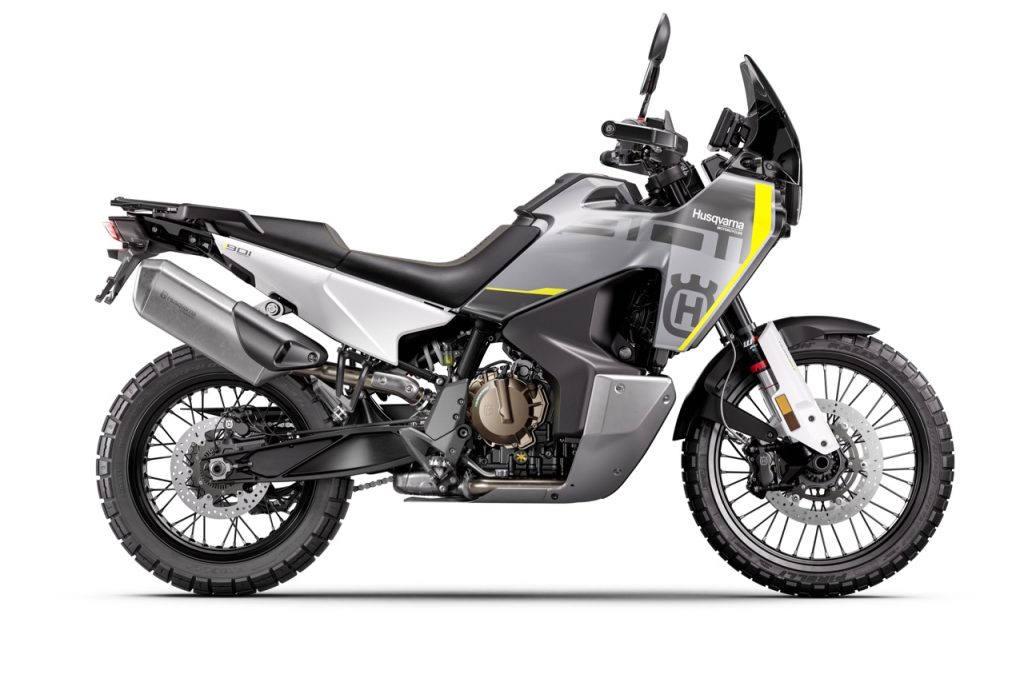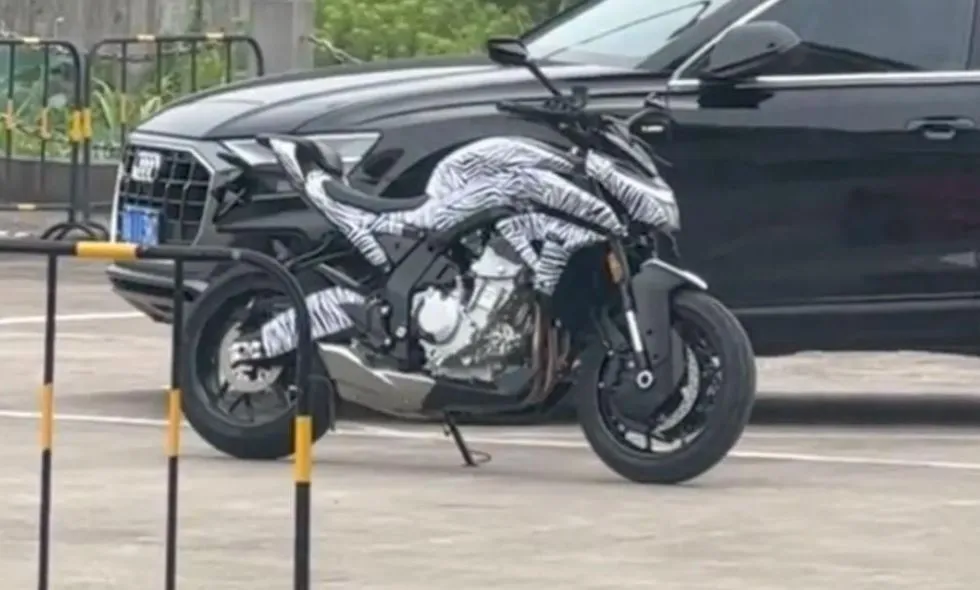-
We’ve always seen Valentino Rossi’s pre-race rituals.
-
But are other bikers truly superstitious?
-
Here are some stories we’ve heard of.
Surely you must’ve heard of horror stories among the motorcycling fraternity. But are bikers truly superstitious?
Here are some that we know of.
Right side first
It may seem as a habit, but there are bikers who insist on putting on the right side of everything prior to their rides: Gloves, boots, jacket. It may very well stem from the Islamic decree that everything must begin from the right side, but this habit carries on around the world, too.
What’s that bell for?
You may have seen a number of bikes with bells on them. No, there’s no relation to AC/DC; in fact, these are in the opposite of the song’s famous song.
It’s said that it’s gremlins that cause motorcycle problems, including crashes. Dead battery? Flat tyre? Spotty fuel injection? Blame it them.
So these guardian bells scare these critters away. It’s said that the bells are more powerful talismans if gifted by someone else (Gandalf?). Unfortunately, I’ve not being given one by anyone after riding for more than 30 years. Maybe people don’t like me…
Bike colour
There is a superstition that green colour bikes are bad luck. It probably stemmed from army riders in World War II, since many riders were killed. Yet, Kawasaki has been going strong all this while including winning five World Superbike Championships on the trot! (My personal Kawasaki ER-6f is another story, though.)
But I guess it goes along with each ethnic group or religion. Green is considered good in Islam. Red is considered auspicious among the Chinese, while black is seen as “morbid.” Purple is favoured among the Indian.
Bike number
This is definitely something pretty prevalent, especially among Asians. Four is read as “die” in Cantonese hence spurned by the Chinese, and is “lucky” or “auspicious.” Then there is the combination of numbers. 4448 reads as “die, die, die lucky,” which means being lucky no matter what. 458, on the other hand, translates to “die cannot lucky.” It means the owner will never be lucky until he dies.
For the Malays, the number 4 is considered lucky because it rhymes with “dapat,” i.e. get.
My favourite race number? 69. No, not because of the late Nicky Hayden. To me it means that a**hole is always in front of me.
The passenger footpegs
Some say you’d invite an evil spirit as a passenger by leaving the passenger footpegs down, especially when riding at night. Some say doing so lets your guardian sit behind you.
Which one is which? We don’t know. I always flip the pegs up so that it’s easier to slip through traffic.
The full moon
Research has shown that accident and murder rates pick up during the full moon. No, this is not made up. Does this mean you will crash during the Supermoon? Not in our experience – so far. No, we’ve not met any werewolves or vampires, either.
The pros
Let’s get to these guys. The superstitions do extend to professionals, too. We’re pretty used to seeing images of Valentino Rossi kneeling and holding a footpeg of his bike before he joins the grid. While certain riders insist on carrying a special number throughout their careers.
There are also those we’ve not seen such as riders who insist on applying the decals themselves. Or one rider who must have a spotlessly clean bike (well, that’s more OCD than superstition). Yes, there are ones who cannot have his helmet on the way we do.



